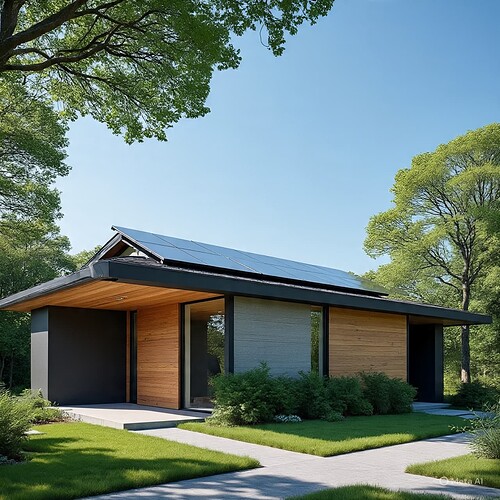Climate change is no longer a distant issue. Rising temperatures, unpredictable weather, and increased energy demands are affecting how people live. Home renovations are evolving in response, with new trends focused on resilience, efficiency, and sustainability. Homeowners are now seeking design solutions that protect against environmental challenges while also reducing carbon footprints.
One of the most noticeable shifts is the emphasis on energy efficiency. Renovations increasingly include high-performance insulation, energy-efficient windows, and solar panel systems. These upgrades reduce dependence on fossil fuels and help homeowners save on utility bills. In regions experiencing extreme heat, reflective roofing materials and advanced ventilation systems are becoming popular choices. These elements not only improve comfort but also reduce energy consumption.
Water management is another growing concern. With many areas facing droughts or heavy rainfall, renovations now integrate systems that conserve and control water use. Rainwater harvesting, greywater recycling, and low-flow fixtures are being added to homes. Landscaping is also adapting, with drought-resistant plants and permeable paving helping to manage both shortages and flooding risks. These changes make homes more resilient to shifting weather patterns.
Durability is also shaping renovation decisions. Climate change has increased the risk of storms, flooding, and other natural disasters. As a result, homeowners are prioritizing materials that can withstand harsh conditions. Fiber cement siding, reinforced roofing, and moisture-resistant flooring are replacing traditional options. Renovations that focus on strong and reliable materials not only extend the life of the home but also offer peace of mind.
Sustainability extends beyond energy and durability. Many homeowners are choosing recycled or renewable materials for their renovations. Bamboo flooring, reclaimed wood, and eco-friendly paints are becoming standard options. These choices reflect a growing awareness that homes can be both stylish and environmentally responsible.
Indoor comfort is another area influenced by climate change. Renovations now often include improved air filtration systems to protect against poor outdoor air quality. Shaded outdoor living areas, green roofs, and natural ventilation designs are used to keep interiors cool without overreliance on air conditioning. These strategies support healthier living environments while reducing environmental impact.
Technology also plays a role in adapting homes to climate change. Smart thermostats, automated shading, and energy monitoring systems allow homeowners to optimize energy use and respond to changing conditions in real time. Renovations that integrate these technologies are not only modern but also future-ready.
In conclusion, climate change is reshaping renovation trends by driving a focus on resilience, sustainability, and efficiency. Homeowners are seeking solutions that protect against extreme weather while reducing environmental impact. From energy-efficient systems and durable materials to sustainable choices and smart technology, renovations are adapting to meet the challenges of a changing world. By embracing these trends, homeowners create spaces that are comfortable today and resilient for the future.
